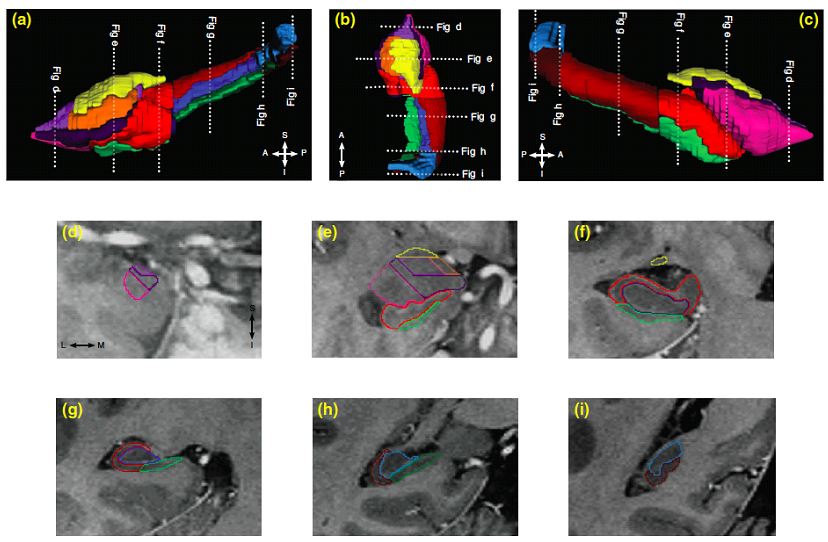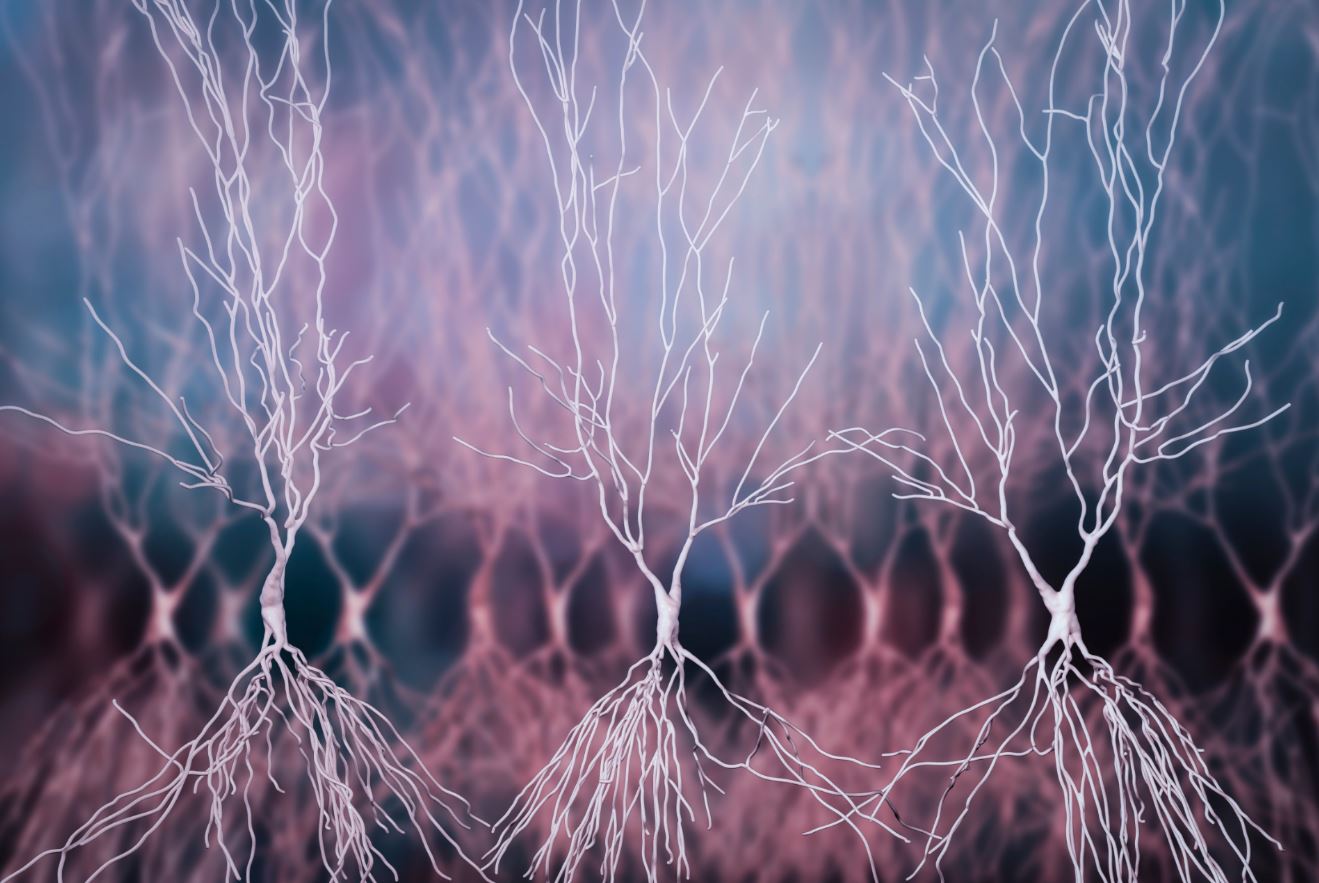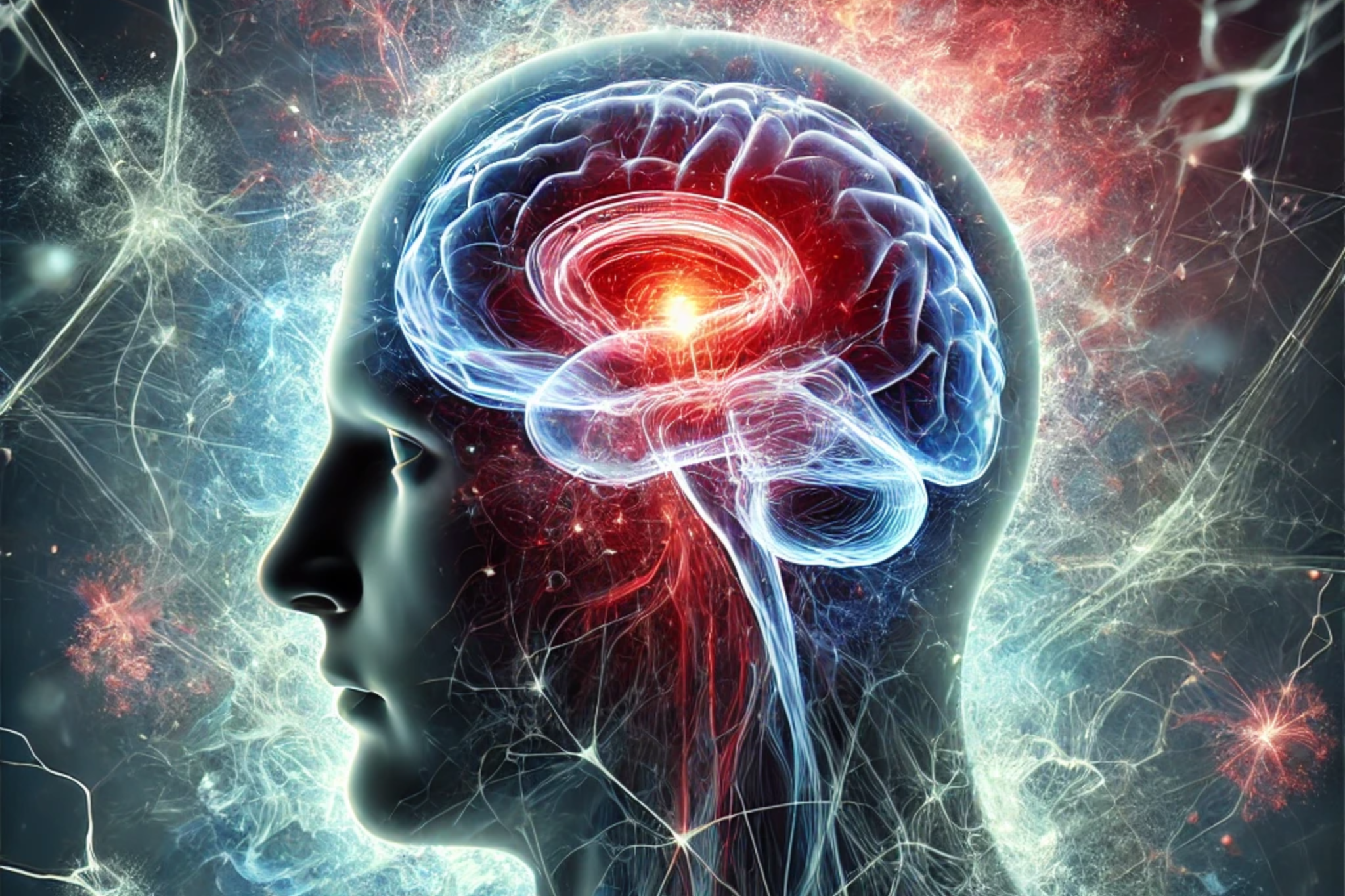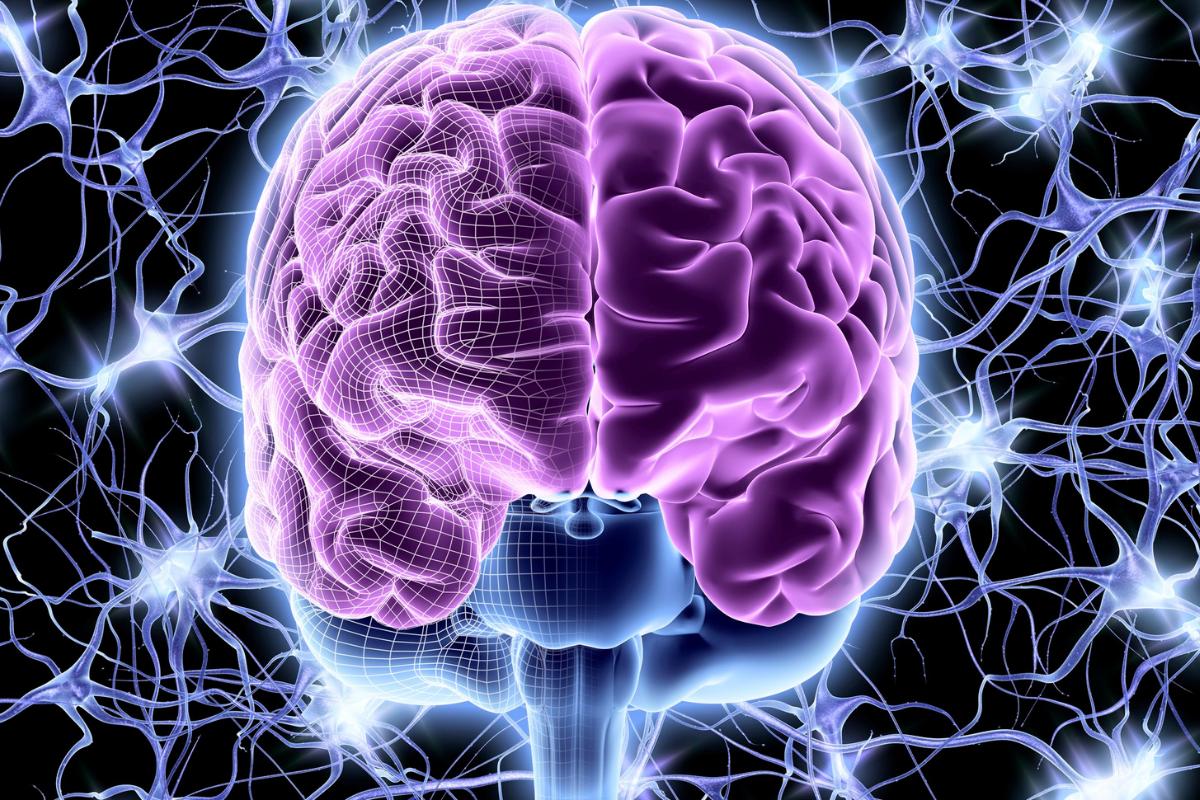By Dr. Petrus Raulino
A study carried out at the University of Alberta has shown that traumatic or stressful events in childhood can affect the volume of brain structures. The study was published in the scientific journal Journal of Psychiatry & Neuroscience.
Traumatic events in childhood can induce biological changes in brain structure: especially in specific sub-regions of the hippocampi and amygdalae.
In adulthood, these changes can become maladaptive, making people more vulnerable to psychiatric disorders.
It is known that post-traumatic stress is a well-known risk factor for the development of mental disorders, such as Major Depressive Disorder (MDD) in adulthood.
The hippocampus is fundamental for the formation and storage of emotional and verbal memories. The amygdala is co-responsible for creating the emotional content of memories associated with aggressive responses and fear.
For the study, 35 participants diagnosed with Major Depressive Disorder and 35 healthy participants were recruited for the control group.
Magnetic resonance imaging of the skull was performed. A history of childhood trauma was assessed using a scale (Childhood Trauma Questionnaire).
The study presented in vivo evidence of negative associations between a history of childhood abuse and volumes in the right amygdala, anterior hippocampus and subfield of the total Ammon's horn (CA 1-3) bilaterally.

A higher childhood maltreatment score was associated with a smaller volume of medial temporal lobe structures in participants with Major Depressive Disorder.
The research findings may represent a further step towards identifying the potential biological mechanisms by which childhood abuse leads to clinical impacts in adulthood.
References
Aghamohammadi-Sereshki, A., Coupland, N. J., Silverstone, P. H., Huang, Y., Hegadoren, K. M., Carter, R., ... & Malykhin, N. V. (2021). Effects of childhood adversity on the volumes of the amygdala subnuclei and hippocampal subfields in individuals with major depressive disorder. Journal of Psychiatry & Neuroscience: JPN, 46(1), E186.
Schmaal, L., Veltman, D. J., van Erp, T. G., Sämann, P. G., Frodl, T., Jahanshad, N., ... & Hibar, D. P. (2016). Subcortical brain alterations in major depressive disorder: findings from the ENIGMA Major Depressive Disorder working group. Molecular psychiatry, 21(6), 806-812.
Lindert, J., von Ehrenstein, O. S., Grashow, R., Gal, G., Braehler, E., & Weisskopf, M. G. (2014). Sexual and physical abuse in childhood is associated with depression and anxiety over the life course: systematic review and meta-analysis. International journal of public health, 59(2), 359-372.







